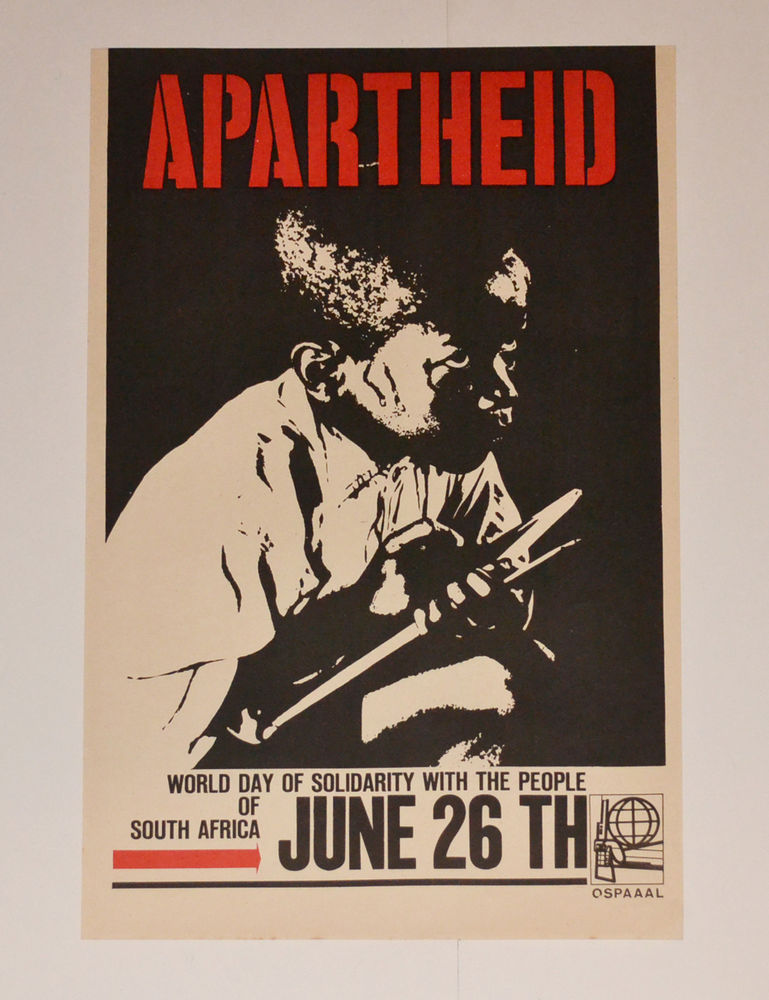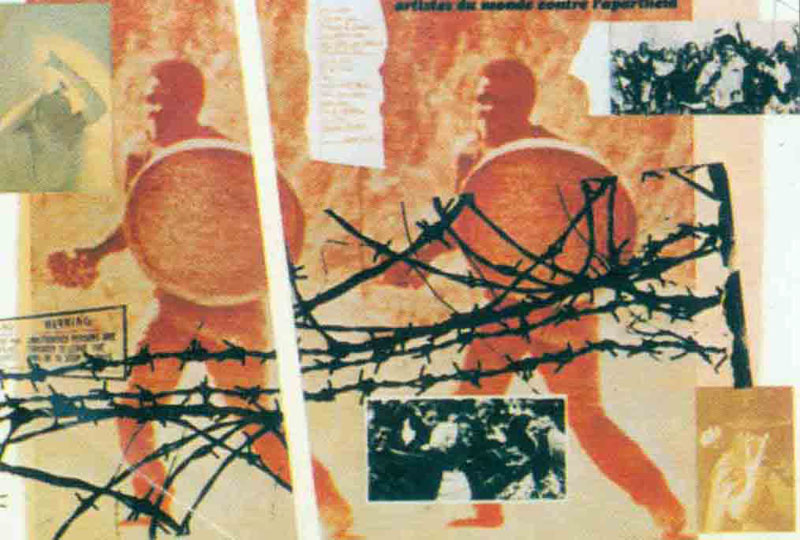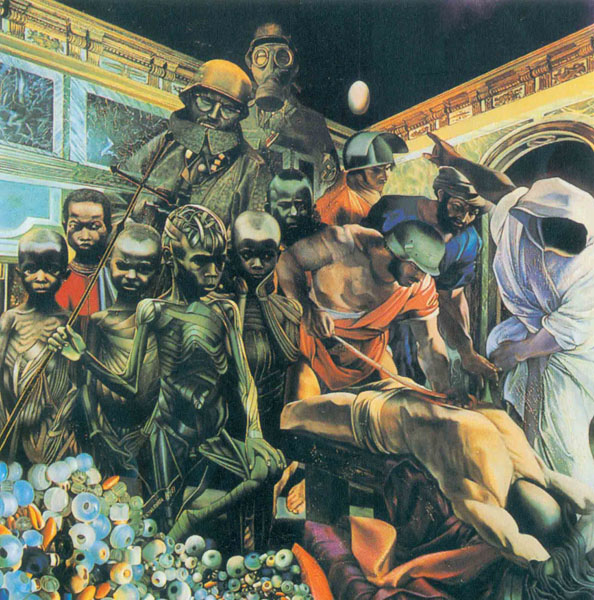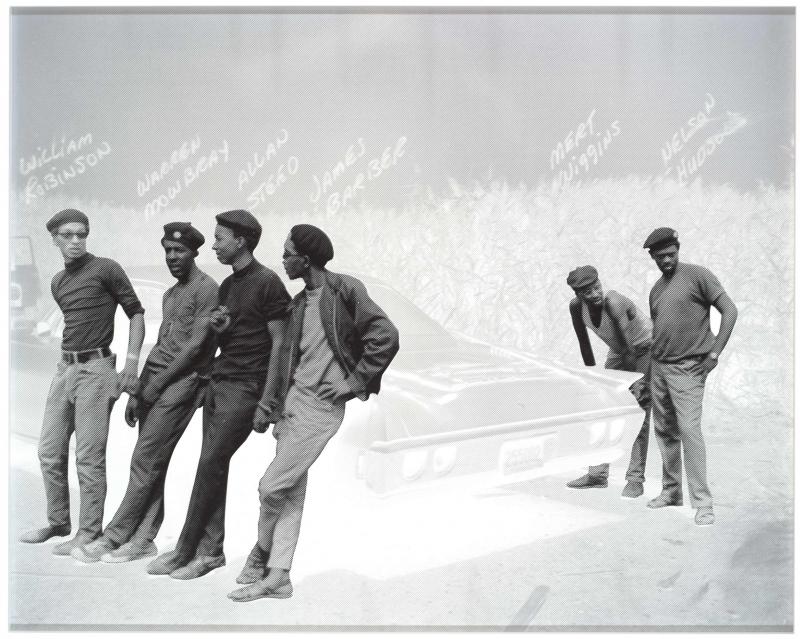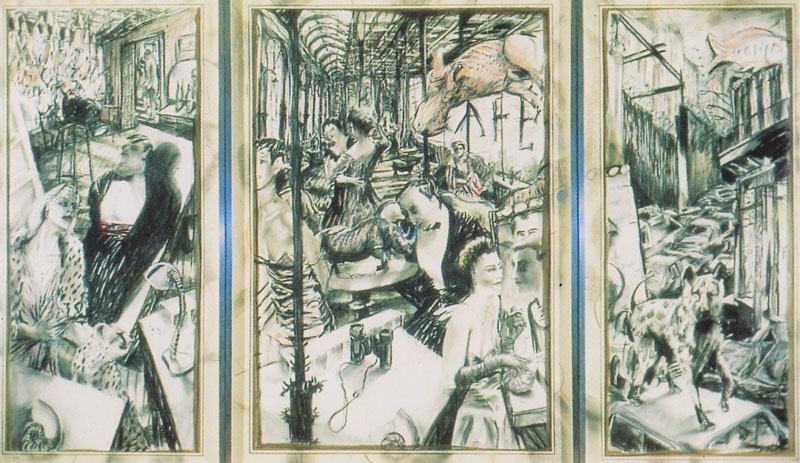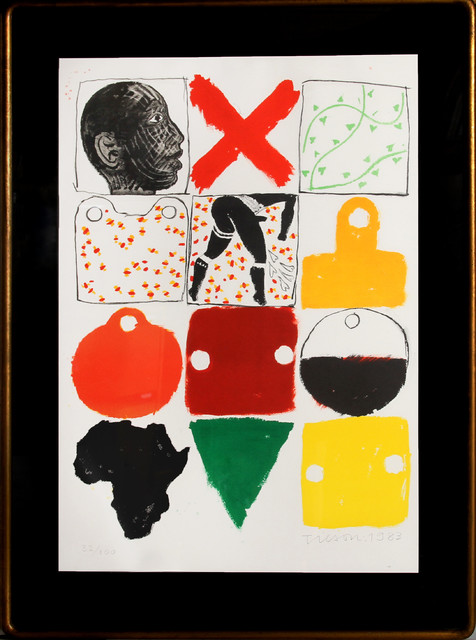Apartheid Art
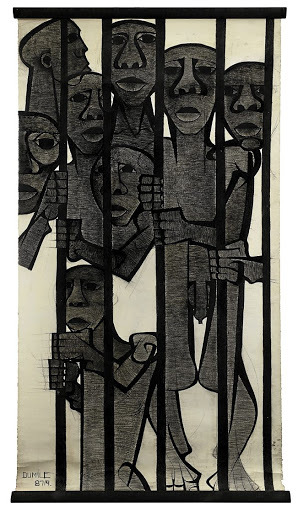
Apartheid (South African English: /??p??rte?d/; Afrikaans: [a?part??it], segregation; lit. "separateness") was a system of institutionalised racial segregation that existed in South Africa from 1948 until the early 1990s.[note 1] Apartheid was characterised by an authoritarian political culture based on baasskap (or white supremacy), which encouraged state repression of Black African, Coloured, and Asian South Africans for the benefit of the nation's minority white population. The economic legacy and social effects of apartheid continue to the present day.
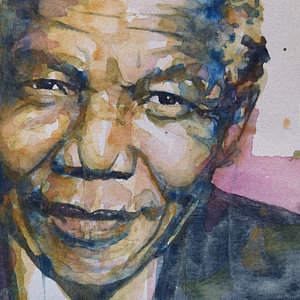
Broadly speaking, apartheid was delineated into petty apartheid, which entailed the segregation of public facilities and social events, and grand apartheid, which dictated housing and employment opportunities by race. Prior to the 1940s, some aspects of apartheid had already emerged in the form of minority rule by White South Africans and the socially enforced separation of Black South Africans from other races, which later extended to pass laws and land apportionment. Apartheid was adopted as a formal policy by the South African government after the election of the National Party (NP) at the 1948 general election.
A codified system of racial stratification began to take form in South Africa under the Dutch Empire in the late-eighteenth century, although informal segregation was present much earlier due to social cleavages between Dutch colonists and a creolised, ethnically diverse slave population. With the rapid growth and industrialisation of the British Cape Colony in the nineteenth century, racial policies and laws became increasingly rigid. Cape legislation that discriminated specifically against Black South Africans began appearing shortly before 1900.[13] The policies of the Boer republics were also racially exclusive; for instance, the Transvaal's constitution barred Black and Coloured participation in church and state.
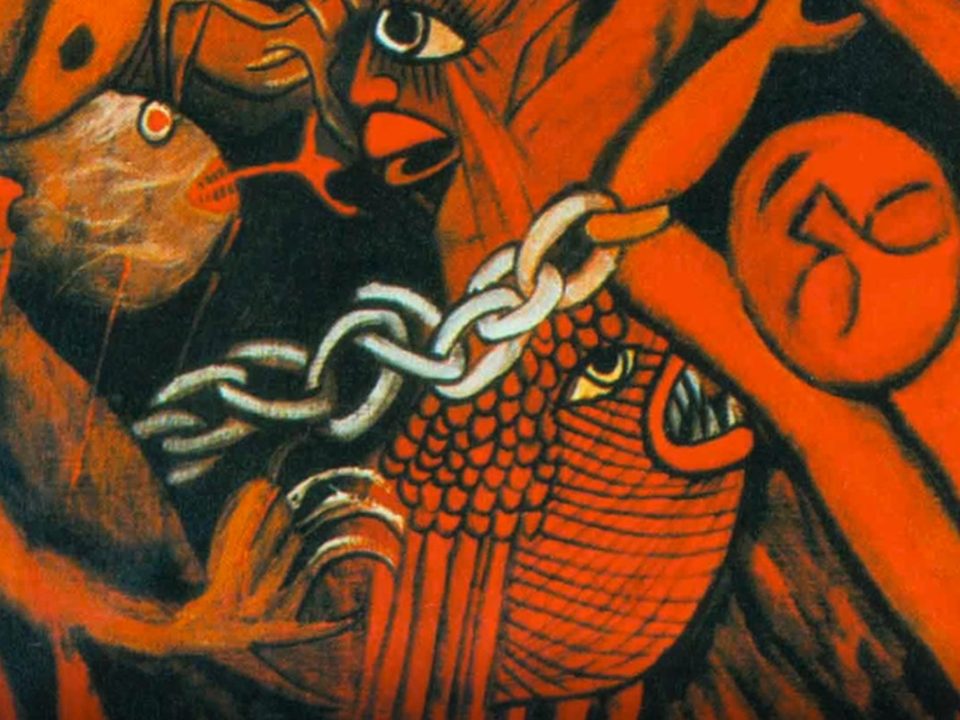
The first apartheid law was the Prohibition of Mixed Marriages Act, 1949, followed closely by the Immorality Amendment Act of 1950, which made it illegal for most South African citizens to marry or pursue sexual relationships across racial lines. The Population Registration Act, 1950 classified all South Africans into one of four racial groups based on appearance, known ancestry, socioeconomic status, and cultural lifestyle: "Black", "White", "Coloured", and "Indian", the last two of which included several sub-classifications. Places of residence were determined by racial classification. From 1960–1983, 3.5 million Non-White South Africans were removed from their homes and forced into segregated neighbourhoods, in one of the largest mass evictions in modern history. Most of these targeted removals were intended to restrict the Black population to ten designated "tribal homelands", also known as bantustans, four of which became nominally independent states. The government announced that relocated persons would lose their South African citizenship as they were absorbed into the bantustans.
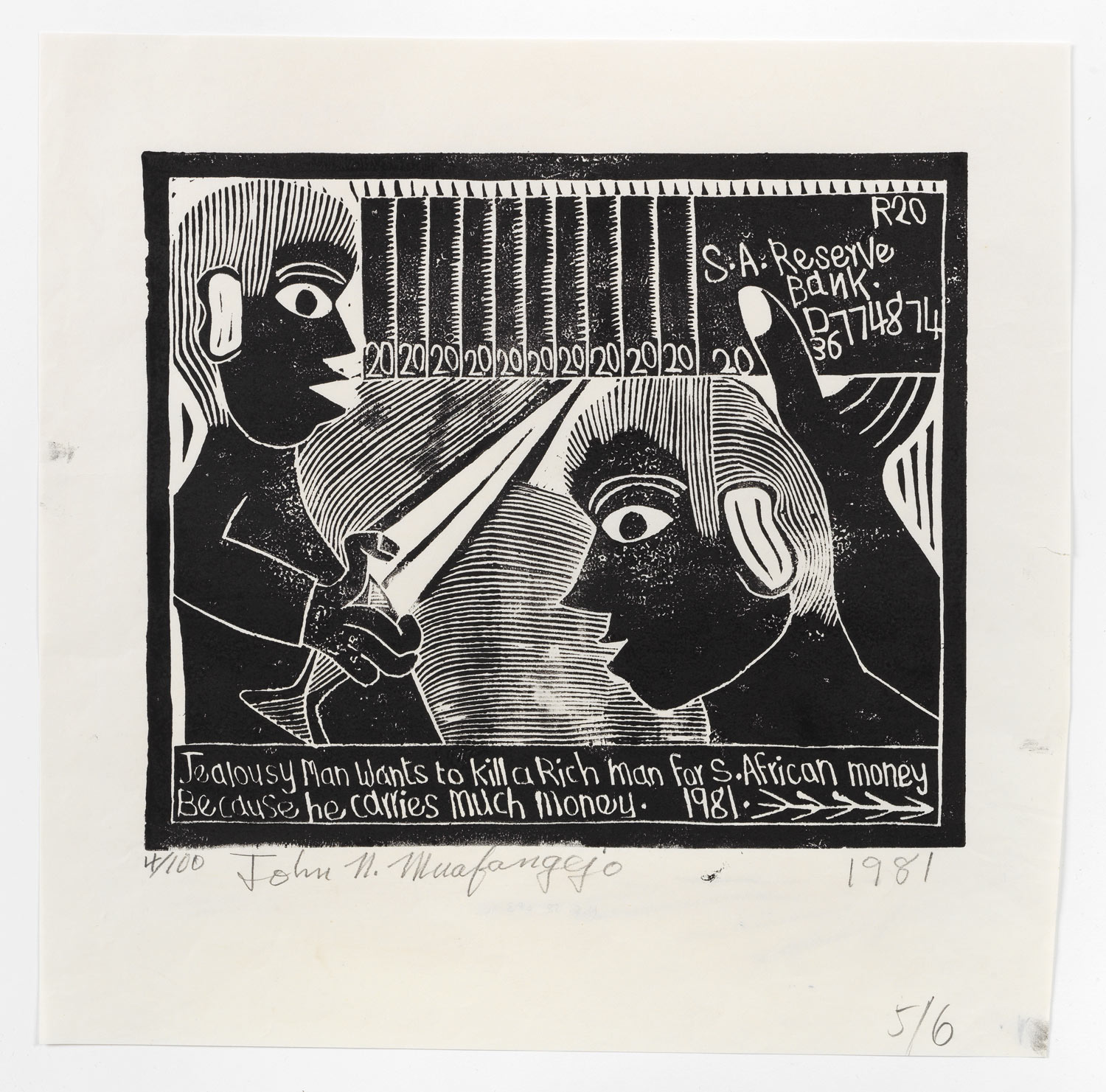
Apartheid sparked significant international and domestic opposition, resulting in some of the most influential global social movements of the twentieth century. It was the target of frequent condemnation in the United Nations and brought about an extensive arms and trade embargo on South Africa. During the 1970s and 1980s, internal resistance to apartheid became increasingly militant, prompting brutal crackdowns by the National Party government and protracted sectarian violence that left thousands dead or in detention. Some reforms of the apartheid system were undertaken, including allowing for Indian and Coloured political representation in parliament, but these measures failed to appease most activist groups.
Between 1987 and 1993, the National Party entered into bilateral negotiations with the African National Congress, the leading anti-apartheid political movement, for ending segregation and introducing majority rule. In 1990, prominent ANC figures such as Nelson Mandela were released from prison. Apartheid legislation was repealed on 17 June 1991, pending fully democratic, multiracial elections set for April 1994.
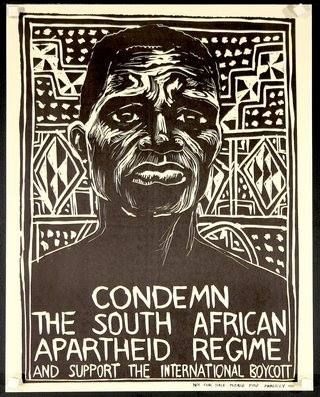
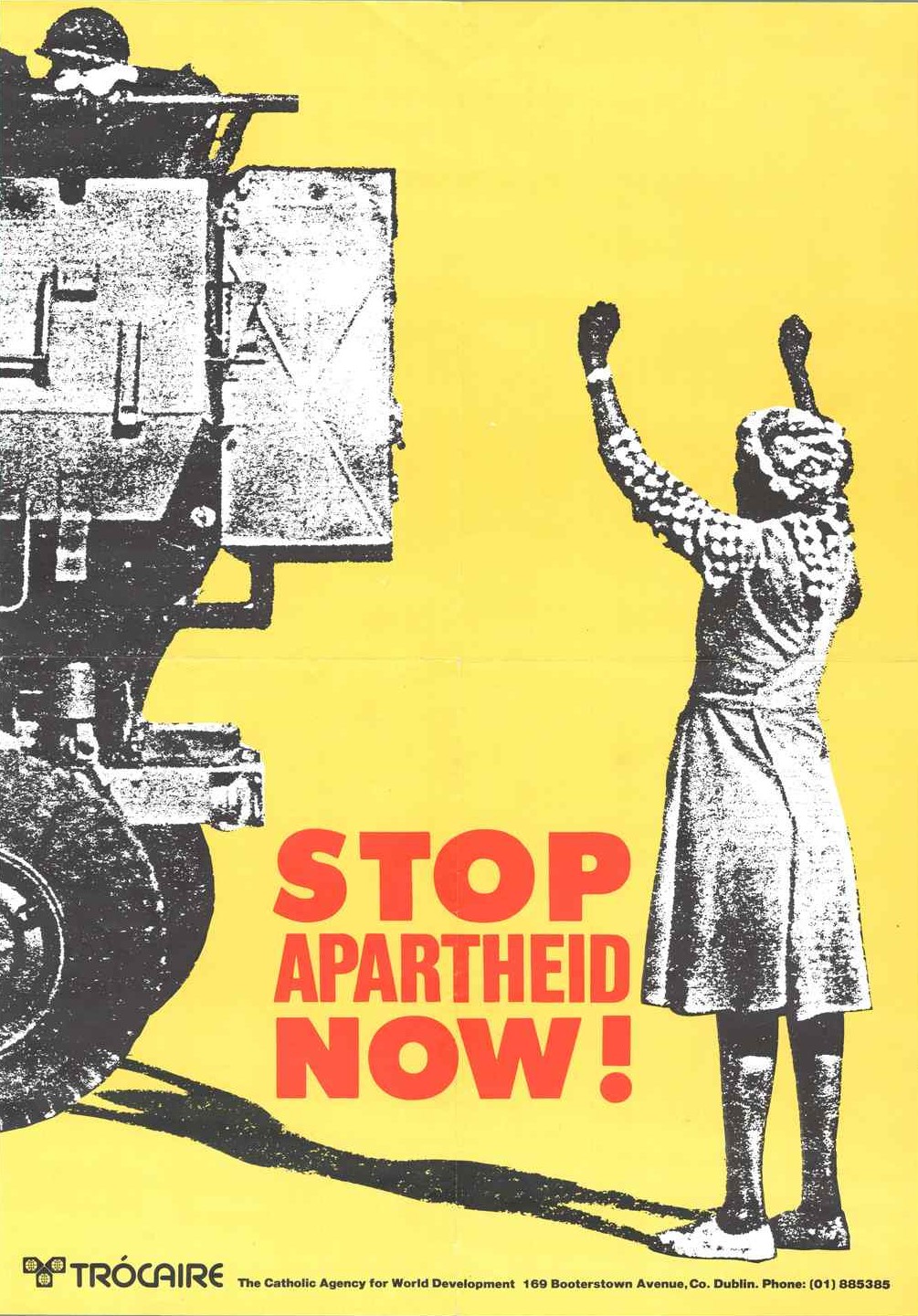
Art in the state of siege
The Sharpeville Massacre was one of the most important turning points in the history of South Africa. It triggered a chain of events, from the banning of liberation organisations, the launch of the armed struggle, the internationalisation of the South Africa’s Apartheid policies and the growing division between black and white South Africans.

The Liberation Struggle in South Africa from the 1960s till the 1990s gave rise to a number of schools of thought on the role of culture (art & literature) under a racially oppressive and authoritarian society. The debates ranged from the use of the arts as a weapon of the struggle to the establishment of community art centres as the building blocks of a new people-centred non-racial cultural practise, the democratisation and transformation of establishment spaces to the debate about looking at art as more than a space for political expression.
On the other hand the dominant discourse amongst Whites was mainly dependant on their support or opposition to the Nationalist party led government. Whites seemed to either accept the status quo, i.e. buying into the racial theories about people developing their own separated cultural practices, or they seemed to reject this crude racial discourse and oppose the state policies arguing that art should have an independent existence, with its own intrinsic values, that went beyond political party policies and addressed universal truths and the human condition.
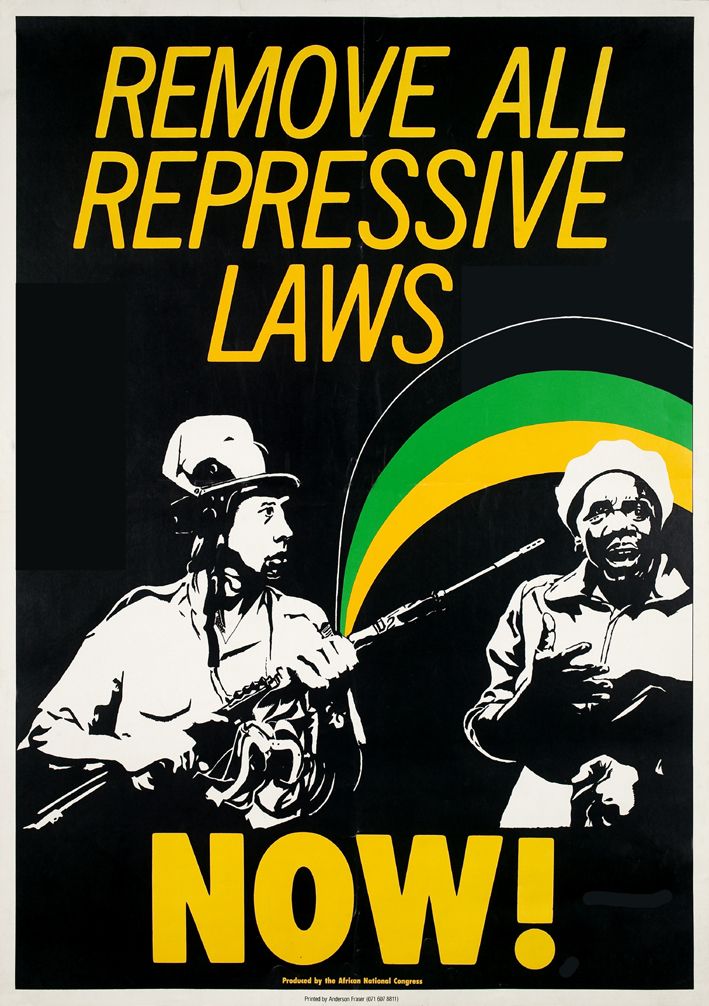
There were also those who argued that artists could not deny the realities of living in a repressive society and their art should reflect on the injustices of that society as artists should be obliged to expose state repression. This group furthered their views in the 1980’s and developed a radical critique of society, arguing that artists had a obligation to plan for the creation of a new “people or revolutionary culture”
Protest or Resistance Art?
Sharpeville Massacre 1960. Two grief stricken young women being taken home after the one in the middle had viewed her husband's body twisted into a lifeless bulk by police gun-fire, opposite the Sharpeville police station. (Photograph by Peter Magubane, Ian Berry, G.R.Naidoo and W. Calder. © BAHA)
Sharpeville Massacre 1960. Two grief stricken young women being taken home after the one in the middle had viewed her husband's body twisted into a lifeless bulk by police gun-fire, opposite the Sharpeville police station. (Photograph by Peter Magubane, Ian Berry, G.R.Naidoo and W. Calder. © BAHA)
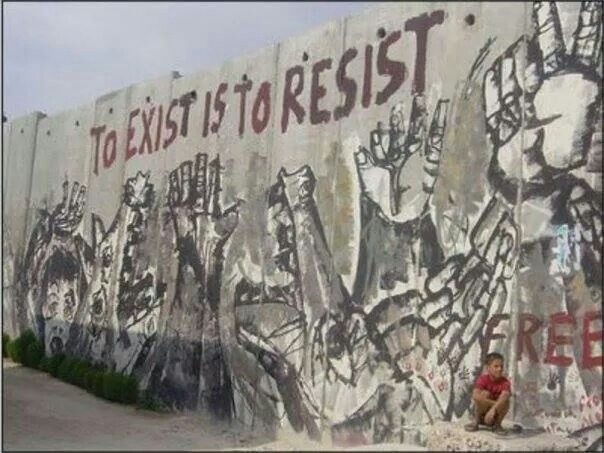
Much of the art produced during Apartheid that in some way was critical of the states racial, cultural and or political polices was labelled as either ‘Protest' or 'Resistance Art’. This term has been argued over by many commentators, historians and critics, but there is very little agreement on the usefulness of the label. The term reflected the great divide between well meaning White academics and the Black and progressive artistic community.
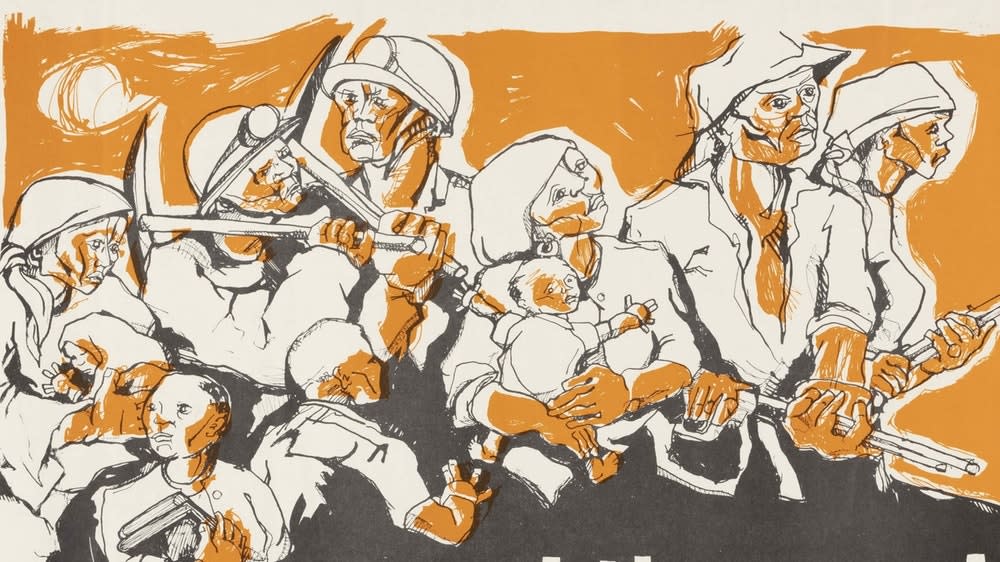
The rewriting of our history and of art history in this case requires a critical understanding of the evolution and development of artistic movements. It also requires us to look at the subjective factors that serve as the key to the production of a particular or body of work and to understand in what circumstances the work was produced, exhibited and circulated if at all.
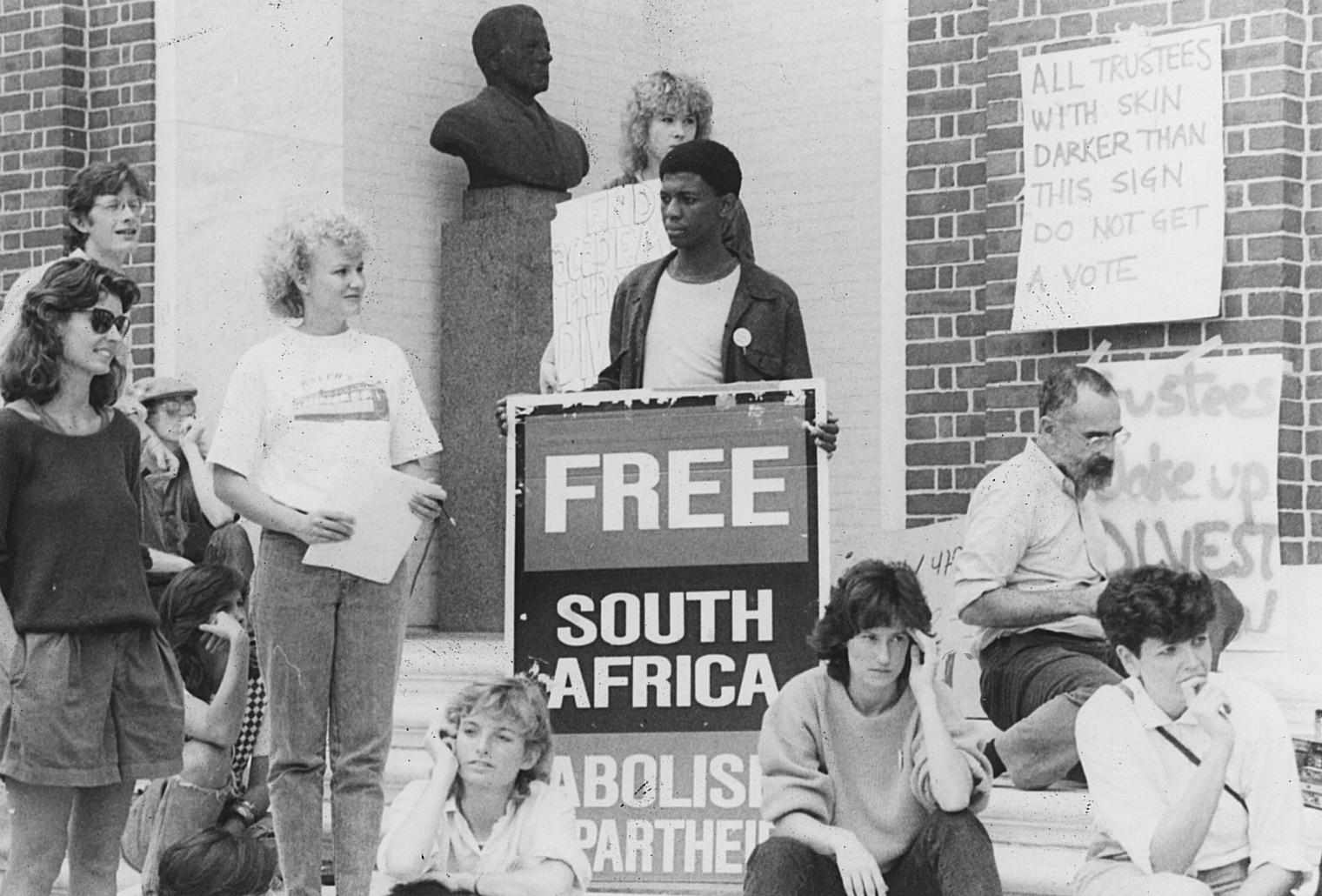
One also needs to examine the State, its education and cultural policies, the relationship between the visual arts and other disciplines and last but not least trends and debates among artists within the liberation organisations and other groups opposed to the status quo.
![]()
By taking this approach we will notice, firstly that there was a range of ways in which artist responded to unfolding social and political events. Secondly that even at the height of repression artists used their work to bear witness and to rejecter their protests but there was intense debate amongst artists opposed to apartheid on ways of representing their reactions and oppositions to the system.

We will explore how some artists who were active in or supported ‘the struggle’ choose not to produce work that served an overtly party political cause, but who nevertheless produced work that had a significant impact on their audience, work that clearly reflected their concerns about the impact of the norms and values of a society subjected to unjust and oppressive laws. There were also artists who did not belong to any ‘struggle’ organisation but they produced works that made powerful statements about the injustices of white minority rule.
Figure 2: Thami Mynele's art work
On the other hand there were artists who openly sided with the opposition and produced works that were used to mobilise people. Some of these artists produced work that required a sophisticated understanding of the artists’ use of references to other works of art like Dumile Feni’s ‘African Guernica’ (figure 1). Other works were overtly political but were never exhibited because it would have led to prosecution. Then there was work produced by artists such as Thami Mynele (figure 2), Omar Badsha and others whose art advocated that art should serve a social and political purpose yet they produced work that went beyond the overtly political.
In this feature we examine work by artists that cover the different schools of thought. By examining their contributions and writing their biographies we will try to prove that while the term resistance and protest art has relevance in describing a particular genre, the term implies a much more complex phenomenon.
Our list of artists’ biographies and resources is not complete and will grow as this project and the discourse around it grows. Please feel free suggest material by clicking the contribute tab.
